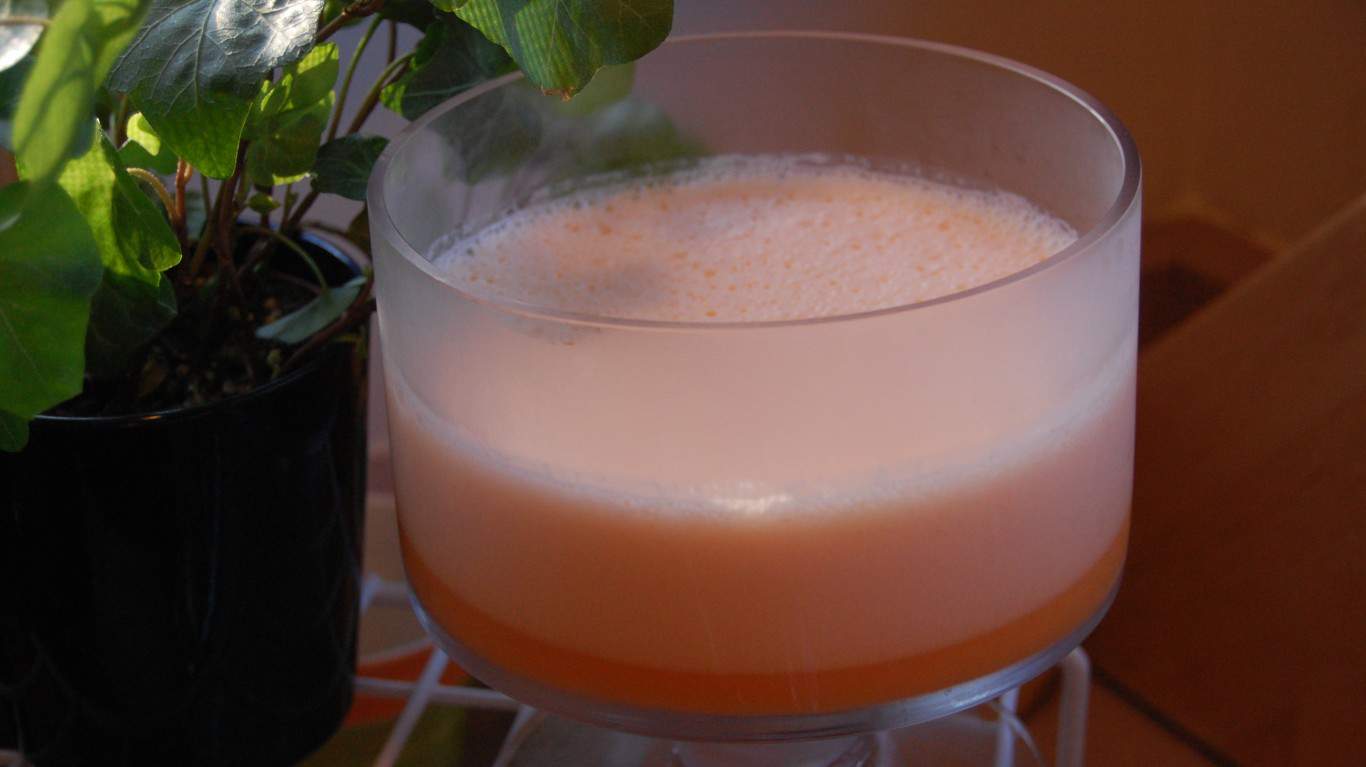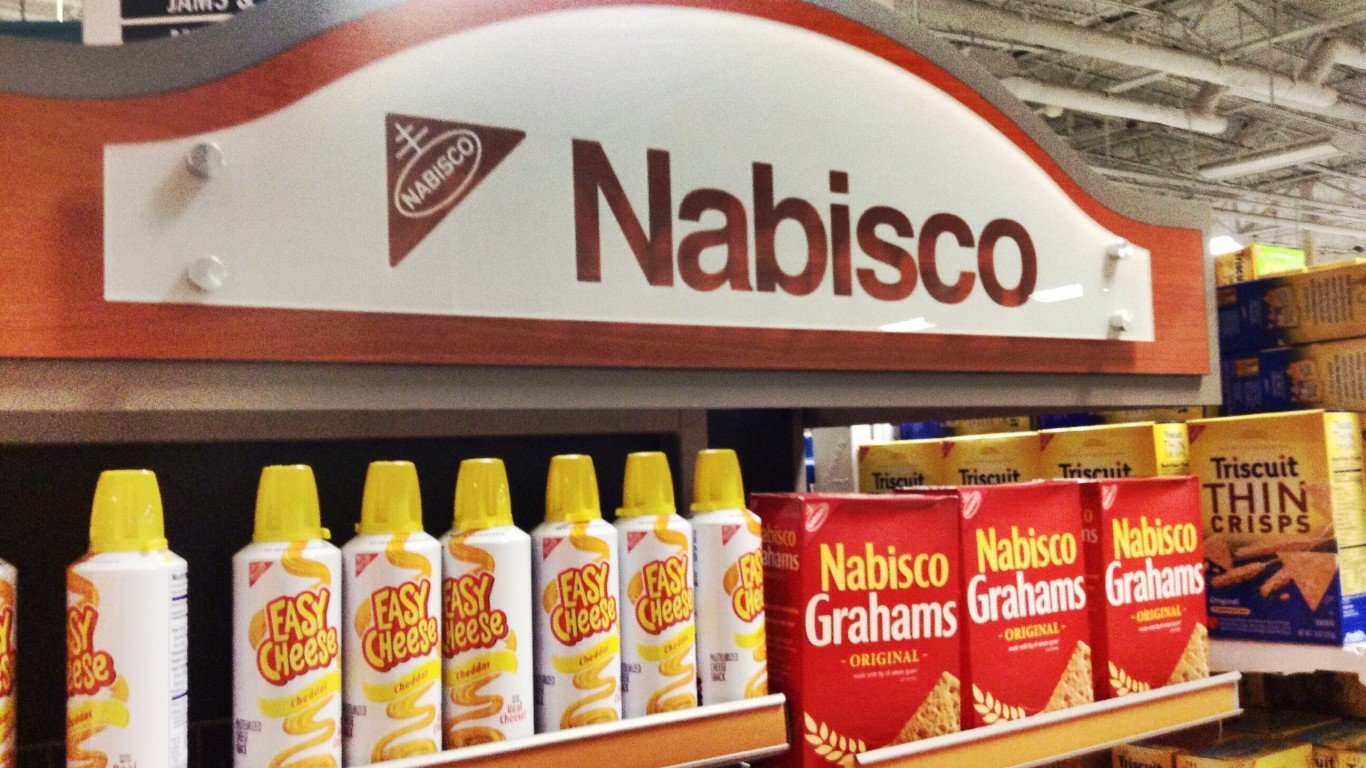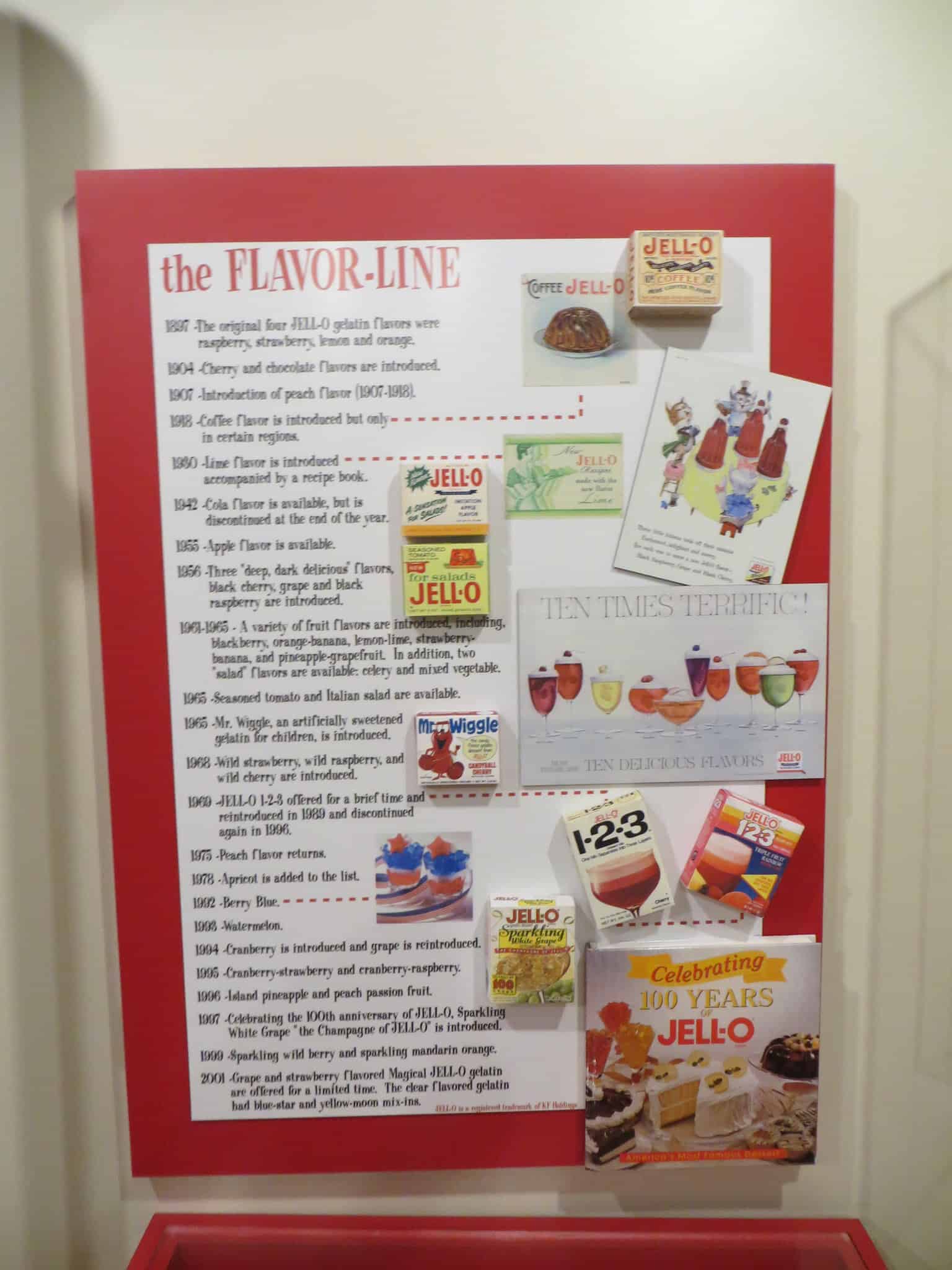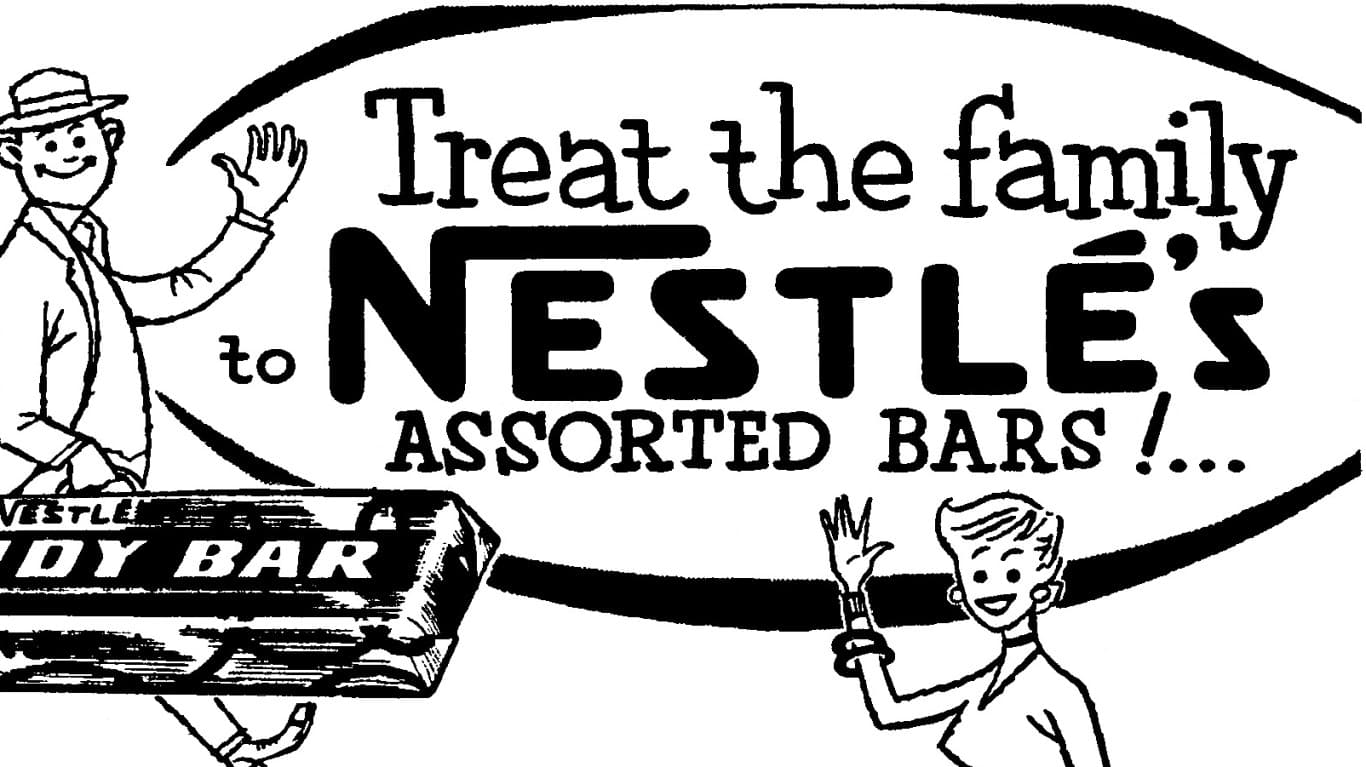In the realm of sports, crunch time signifies the crucial phase determining the game’s outcome. However, for children coming of age in the 1960s, crunch time entailed enjoying snacks while watching television. Many of these snack options have vanished from grocery store shelves for years, and in certain instances, decades. Yet, even as Baby Boomers and Gen Xers enter their senior years, there remains a nostalgic yearning for the snacks of their youth.
To compile a list of snacks from the ‘60s that need to come back, 24/7 Tempo has consulted sources such as the Daily Meal, Snack Stack, Click Americana, MeTV, Snack History, General Mills, Groceries Gone But Not Forgotten, and Newsweek. (From various eras, here’s a list of popular discontinued snack foods we really miss.)
What led to the disappearance of snacks cherished by Baby Boomers and Gen Xers during their youth? Various factors contribute: insufficient sales compared to revenue expectations, the product not aligning with new corporate strategies (frequently due to acquisitions by a different company), or a shift in public preferences towards healthier options. (Here are some healthy versions of old-school junk-food snacks you want to try.)
It should be noted that some of the products that joined the choir silent are versions of other beloved items that remain on the shelves – and in some cases the originals themselves might still be sold in other countries.
Disappointed consumers are leveraging the influence of social media and collaborative platforms such as Change.org and iPetitions to pressure companies into resurrecting beloved snacks. Their efforts have yielded some triumphs, resulting in the return of snacks like 3D Doritos, Dunkaroos, and Oreo Cakesters. The prospect of resurrecting Jell-O 1-2-3, the gelatin with various toppings on the base, is still uncertain.
Read about snacks from the ‘60s that need to come back:
Chit Chat Crackers
- Introduced: 1964
- Maker: Nabisco
- Description: Barbecue-flavored crackers
The maker of favorites such as Premium Saltine Crackers, Animal Crackers, and Honey Maid graham crackers had a misfire with Chit Chat Crackers. The barbecue-flavored product was introduced in 1964 and did not have the longevity of its other offerings.
Corn Diggers
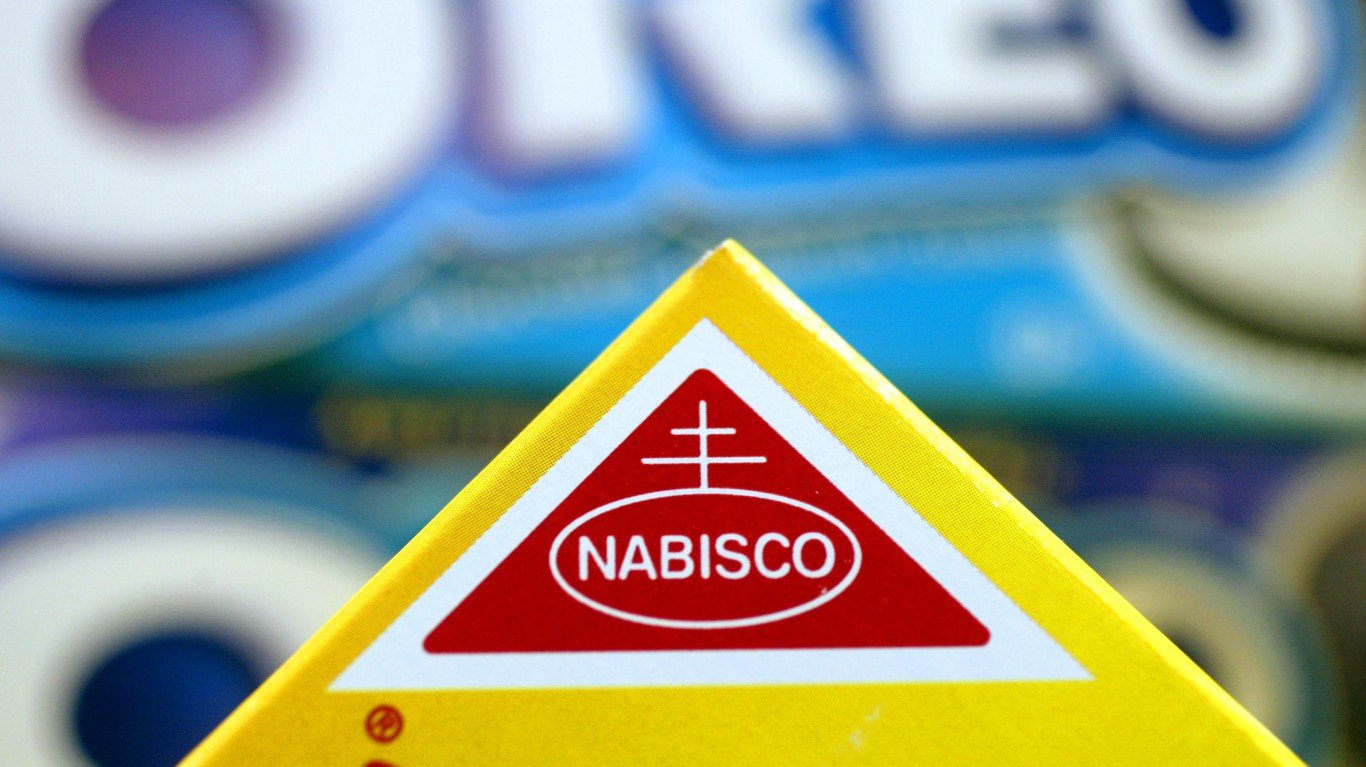
- Introduced: 1960s
- Maker: Nabisco
- Description: Cone-shaped popcorn-flavored snacks
Advertised as having “hot-popped taste,” these salty treats were made with a pinched shape designed for dipping. They failed to have legs among the snack-eating crowd.
Daisys

- Introduced: 1966
- Maker: General Mills
- Description: Salty popover-flavored snacks shaped like daisies
General Mills introduced what was advertised as a “snack that looks like a daisy” with “a flavor like oven-puffed popover — only crunchy!” Some of the ads for the product featured a young woman with a flower clenched in her teeth, a campaign the company could probably not get away with today.
doo dads Snack Mix

- Introduced: 1960s
- Maker: Nabisco
- Description: Cereal/snack mix
This was a snack made up of five parts: Toasted peanuts, pretzels, rice squares, wheat squares, and cheese Tid-Bit Crackers. Fans of this snack swear its taste is superior to Chex Mix. Competition from chips, crackers, and other snacks led to its demise in the 1990s, despite the addition of various flavors.
French Frauds French Fried Potato Snacks

- Introduced: 1968
- Maker: Pillsbury
- Description: Potato snack food
This Pillsbury product was a baked snack created to look like french fries (which is where the “fraud” came in) and onion rings. An advertisement suggested customers have beef stroganoff and tossed salad before sinking their teeth into these snacks.
Jell-O 1-2-3
- Introduced: 1969
- Maker: Kraft Foods
- Description: Gelatin with two toppings
Jell-O 1-2-3 was one of the more famous missteps by General Foods. The popularity of Jell-O convinced the company to make gelatin dessert with two toppings in flavors including strawberry, raspberry, orange, cherry, and lime. Jell-O 1-2-3 was on shelves until the 1990s as it and other gelatin treats declined in popularity.
Joey Chips
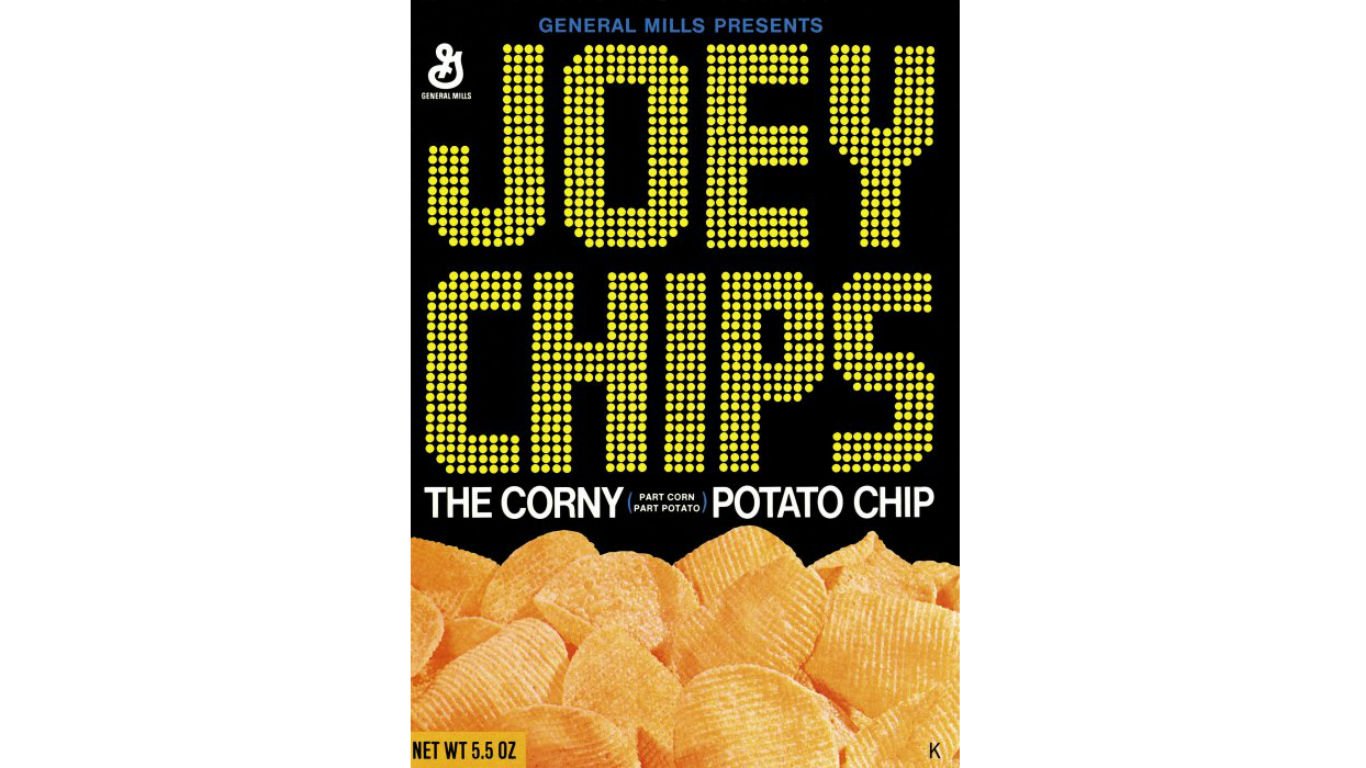
- Introduced: 1967
- Maker: General Mills
- Description: Kettle-cooked potato-and-corn chips
This General Mills snack befuddled consumers — it was part corn and part potato. And who was Joey anyhow?
Korkers Corn Twists
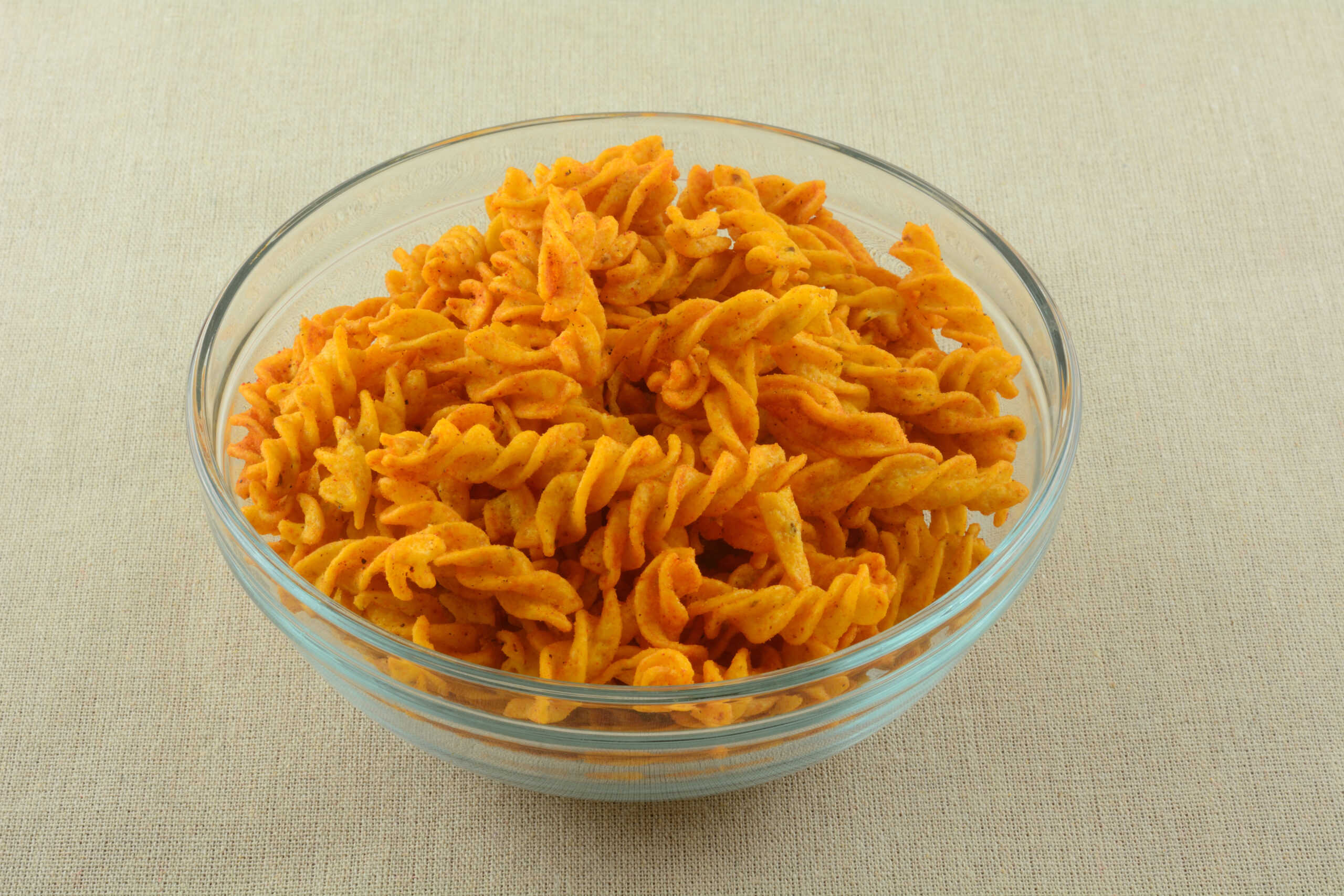
- Introduced: 1968
- Maker: Nabisco
- Description: Corn twists
The spiral-shaped corn twists were marketed as great for dipping. Nabisco called the fans of Korkers “krunchers” who can “unwind” by “getting twisted up in a box of Korkers.” The snack disappeared in the 1970s.
Mr. Wiggle gelatin
- Introduced: 1965
- Maker: Kraft Foods
- Description: Candy-flavored gelatin
To try and goose Jell-O sales, Nabisco created Mr. Wiggle. This was candy-flavored Jell-O that came in six flavors but made without sugar. The varieties were Gumdrop Grape, Candycorn Orange, Jellybean Strawberry, Lollypop Lime, Rockcandy Raspberry, and Candyball Cherry.
Pik Chicks
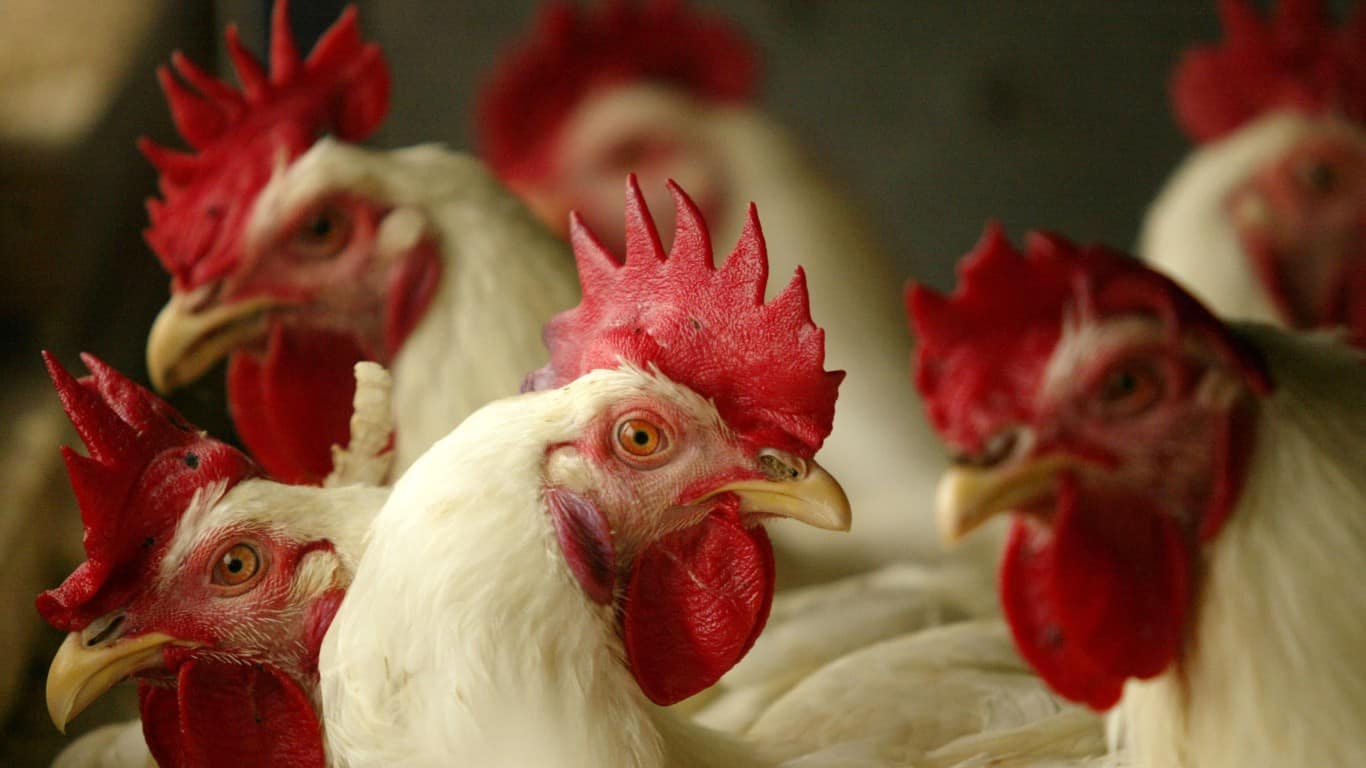
- Introduced: 1966
- Maker: Nabisco
- Description: Barbecue-flavored chicken snacks
When Nabisco introduced these barbecue-flavored chicken snacks in 1966, the company boasted they were “something to cluck about.” Apparently, they weren’t.
Pokes

- Introduced: 1967
- Maker: Kellogg’s
- Description: Snack similar to Chex in four flavors: corn, cheese, barbecue, and potato
These crunchy snacks look very much like the Chex line of snacks and were advertised as “fun but not filling.” The box for each flavor featured a character associated with that flavor: Corn (Native American), cheese (Swiss or Austrian), barbecue (cowboy), and potato (leprechaun). Doubtful those ads would fly today.
Screaming Yellow Zonkers popcorn snack
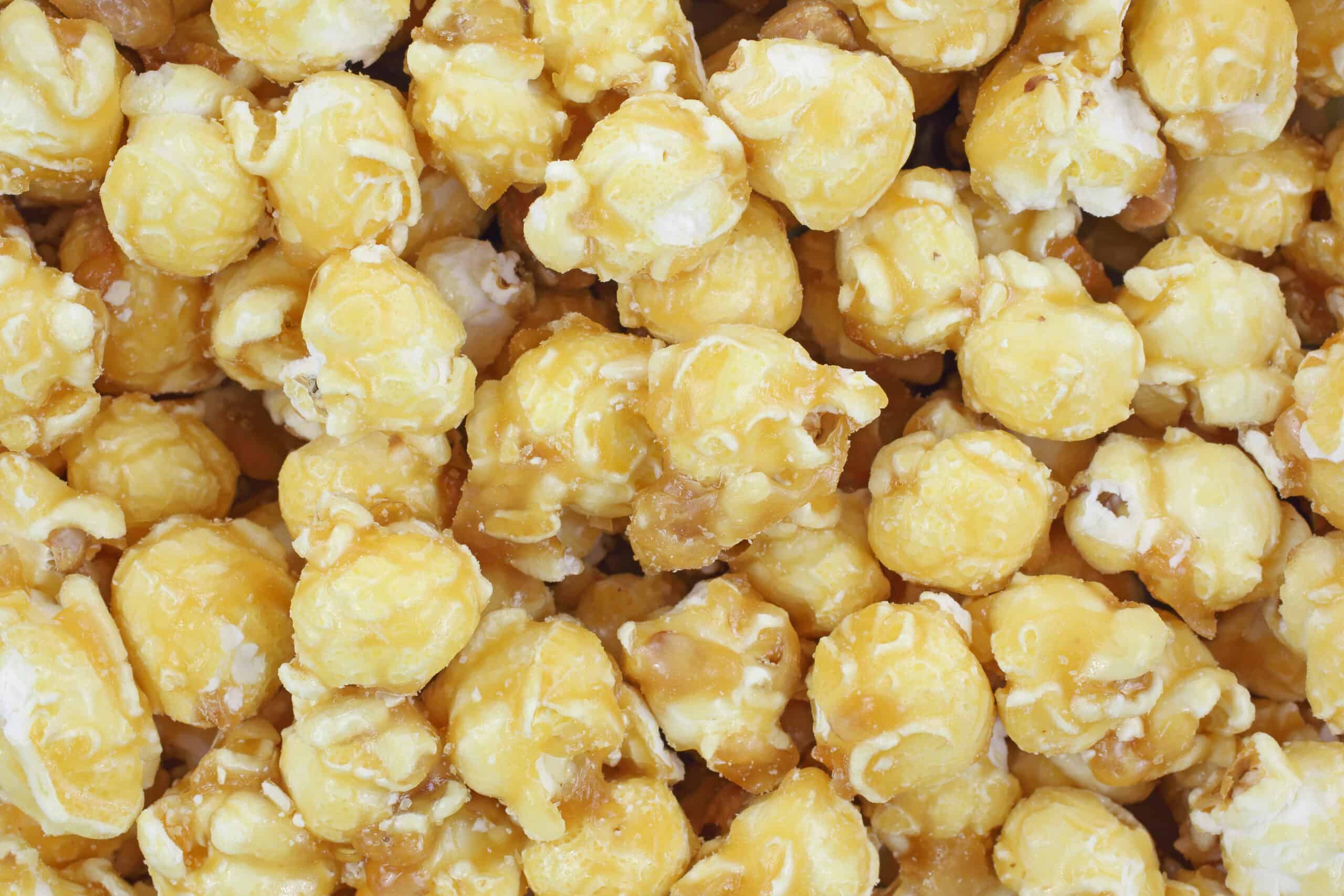
- Introduced: 1969
- Maker: Lincoln Snacks
- Description: Sugar-glazed popcorn snack
Screaming Yellow Zonkers were a treat produced by the now-defunct Nebraska-based Lincoln Snacks Company. Zonkers were known for their striking black packaging featuring various illustrations and humorous tips on how to open the box. They were discontinued when Lincoln Snacks was purchased by Conagra in the early 21st century,
Sip ‘n Chips

- Introduced: 1965
- Maker: Nabisco
- Description: Cheese crackers
This cheese-flavored product from Nabisco was said to be made to pair with drinks and “designed to fit the curve of your hand.”
Triple Decker
- Introduced: 1960s
- Maker: Nestlé
- Description: Candy bar
The Triple Decker was made of three thin layers — a semi-sweet chocolate bottom, white chocolate middle, and milk chocolate top. It was popular at the start but faded quickly.
Whistles

- Introduced: 1966
- Maker: General Mills
- Description: Salty cheese-flavored snacks shaped like little whistles
These salty cheese-flavored snacks shaped like little tubes were part of the same group of snacks as Daisys and Bugles. Only Bugles survived. All of the snacks were branded as “televittles,” and consumers were encouraged to “crunch along” with the new television shows.
